Wedding
gifts must include both sticky and ordinary rice, pork and wine for the
wedding party. Other gifts may include a skirt, blouse, bracelet and
necklace for the bride as well as a quantity of white silver.
Like most people in other area, the Lo Lo ethnic minority regards
marriage as an extremely important event in an individual’s life.
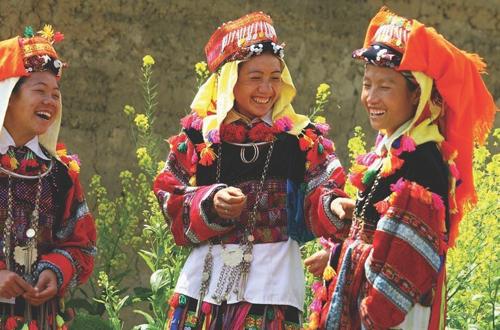
Acording
to Lo Lo customs, the groom’s family must select four matchmakers
including two men and two women to officiate at the marriage proposal
ceremony, which is usually carried out by two happily married couples.
After
selecting an auspicious day, the four matchmakers take two bottles of
wine and other offerings to the bride’s house for the formal marriage
proposal. If the bride’s family agrees to the match, they will hold a
feast, drink the wine and set the date of the wedding.
Wedding
gifts must include both sticky and ordinary rice, pork and wine for the
wedding party. In addition, other gifts such as a skirt, blouse,
bracelet and necklace for the bride as well as a quantity of white
silver.
The groom’s family normally brings their offerings to the
bride’s house on the eve of the wedding day. The wedding itself is
always held on an even-numbered day to symbolise the union of two people
and the hope that neither will ever be alone again.
The offerings are handed over to the bride’s uncle, who presents them to the head of the bride’s family.
The wedding offering ceremony begins with the bride’s family worshipping their ancestors and reporting to them about the union.
After this they invite their relatives and friends to eat, drink and share their happiness.
The guests usually give the bride gifts of scarves, shirts, money and other items.
The ceremony involves a lot of singing and takes place in a very intimate atmosphere.
Members of the bride’s family will sing all night long to wish the bride and groom good health, happiness and prosperity.
The
wedding takes place after breakfast on the following day when the groom
and his groomsman worship their ancestors and kowtow to the bride’s
parents, uncle and guests.
The uncle then leads his niece from her
bridal chamber and presents her to the groom’s family, while all of the
bride’s family cries to show their attachment to her.
The bride herself is expected to cry the most to show that she doesn’t want to leave her natural parents.
Bridesmaids from both families then accompany the bride out of her house.
The
“bringing the bride home” party - made up of the four matchmakers,
followed by the bride, the bridesmaids and the groom’s relatives –
proceeds to the groom’s house where the bride is welcomed in the same
way the groom was greeted at the bride’s house on the previous day, with
drinking and the four matchmakers singing.
According to Lo Lo
tradition, when the bride steps into the groom’s house, the groom’s
parents must temporarily hide, because it is feared that their presence
might overwhelm the bride’s soul and endanger her future health.
Soon
after the bridal party has arrived at the groom’s house, the bride’s
uncle turns up with his niece’s dowry, which typically includes a pig, a
chicken, a hoe, a pan, a knife, wine, meat, sticky rice and clothing
for the bride. If the bride’s family is rich, he may even bring a cow.
The groom’s family then hosts the wedding party when they sing together all night long to wish the young couple happiness.
The
groom's family sees the bride’s uncle back to his home and reimburses
him for his travel expenses and gifts, according to the amount of the
bride’s dowry.
After the wedding three days, the couple returns to
the bride’s house to visit and greet the whole family. They often stay
there for a few days before returning to live permanently in the groom’s
family house.
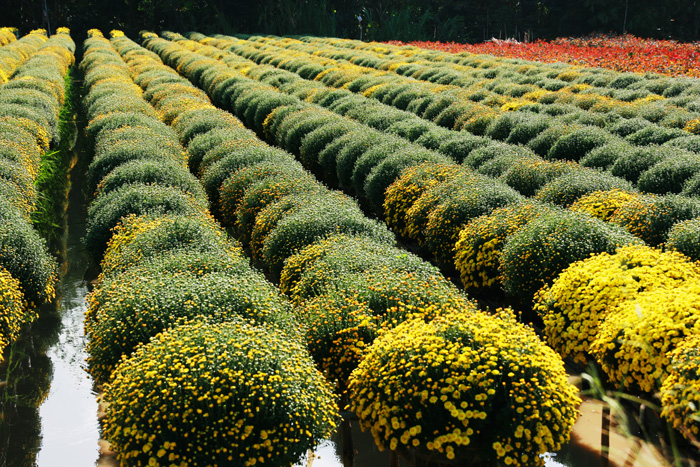





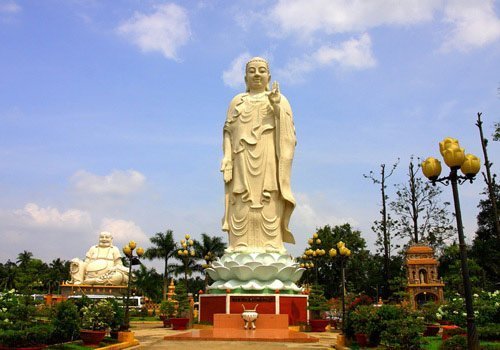
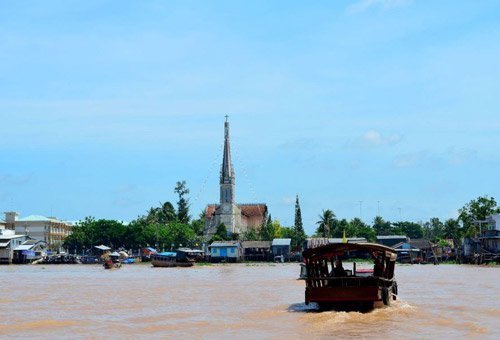



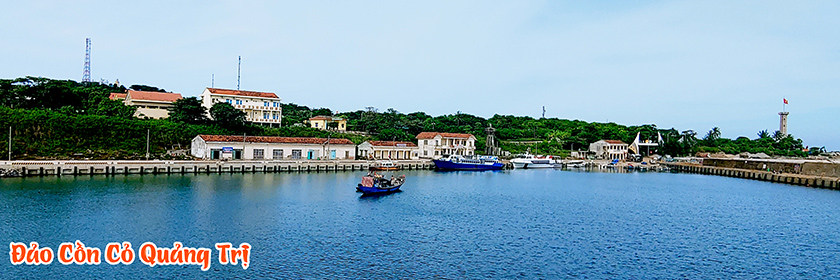


 Acording
to Lo Lo customs, the groom’s family must select four matchmakers
including two men and two women to officiate at the marriage proposal
ceremony, which is usually carried out by two happily married couples.
Acording
to Lo Lo customs, the groom’s family must select four matchmakers
including two men and two women to officiate at the marriage proposal
ceremony, which is usually carried out by two happily married couples.